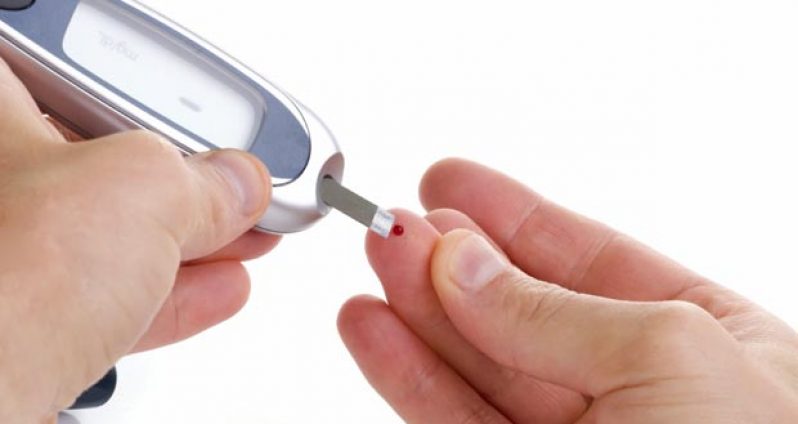Diabetes
DIABETES mellitus, more commonly referred to simply as diabetes, is a chronic degenerative disease caused by a lack of resistance to the hormone insulin, which is essential for the proper metabolism of blood sugar (glucose).
Normally, blood sugar rises after a meal, as glucose is absorbed in the bloodstream, causing the pancreas to produce enough insulin to return the blood sugar level to its normal range.
Diabetic individuals are either unable to produce insulin, or their cells have become resistant to insulin and they are unable to move glucose from the bloodstream to the cells, and thus cannot maintain a normal blood glucoses level. Excess glucose in the bloodstream is toxic; it can diminish the biological effectiveness of various proteins in the body.
Types of diabetes
There are two major forms of diabetes mellitus: insulin dependent juvenile diabetes (Type 1) and non-insulin dependent adult onset diabetes (type 2).
In Type 1 diabetes, the body is unable to produce insulin. As a result, glucose builds up in the bloodstream and spills over into the urine, while the body literally starves to death because the cells cannot get the nourishment which is provided by glucose to produce energy to carry out their normal functions. Insulin injections are currently the only known method to control Type 1 diabetes, but those injections are not considered a cure. The injection must be taken daily (sometimes several times a day, usually before meals) and must be timed so that the peak action of the insulin will occur when the sugar from a meal elevates the blood glucose to its highest level.
Complications of diabetes
Complications with Type 1 and 2 diabetes can occur when blood sugar levels are not properly controlled. When blood sugar levels are not controlled over long periods of time, circulatory problems can occur, causing damage to small nerves, resulting in retinopathy (damage to the retina), neuropathy (nerves damages), nephropathy (kidney disease) and food ulcers.
Ketoacidosis: When insulin-dependent (Type 1) diabetics do not take sufficient insulin, glucose builds up in the bloodstream. The body must then breakdown fat for energy, but this process produces ketones, which are toxic to the body and induce a state of acidosis (excessive acidity in the body). Large does of insulin are needed to overcome the insulin resistance in this state, and hospitalisation is often necessary.
Diabetes retinopathy: Damage to the retina of the eyes in diabetes is one of the leading causes of blindness. In poorly controlled diabetes, fragile new blood vessels are formed in the retina in an attempt to bring more oxygen to the eye. However, these vessels often break, hemorrhaging in the eyes.
Diabetic neuropathy: Damage to the peripheral nervous system is characterised by pain and numbness, most frequently occurring in the feet and legs. It is usually due to severe damage to the capillaries supplying the peripheral nervous systems.
Diabetic nephropathy: Damage to the kidneys is a leading cause of death in diabetics. It is primarily due to damage to the kidneys.
Diabetic foot ulcer: The lack of oxygen supply and peripheral nerve damage due to destruction of capillaries are the main causes of foot ulcers in diabetics. Without proper treatment, gangrenes can form, necessitating amputation. To prevent this, the feet should be kept clean, dry and warm.
The goal for any patient in treating diabetes is to bring high blood sugar under control, and as much as possible to stablilise blood sugar, achieved by a treatment approach that encourages diabetics to become actively responsible for their own health.
(The author is a qualified massage therapist, and can be reached @ 649-4227)
(By Sally Habeeb)



.jpg)








